»Dear museum, how can you sleep at night«
HD, 7:14, color, sound, 2016
The video installation »Dear museum, how can you sleep at night« shows aspects of German colonial crimes in today's Namibia. From 1904 to 1908 German colonial forces committed the Genocide against the Herero and Nama population under General Lothar von Trotha in what was back then called German South West Africa. The soldiers of the German Empire exterminated at least 85.000 Herero and Nama. The video-project shows fragments of remembrance ceremonies and places of memory of the Herero and Nama in Namibia as well as remnants of colonialism in the present moment. The project aims to investigate the question of how German colonial crimes are widely invisible in public discourse, as well as in history books, knowledge production and its mediation and communication. What does it mean in 2016 to intervene into a museum landscape, that displays beautified and adjusted historical narratives to legitimize their own hegemony ? To what extent is it ever possible to decolonize an ethnographic collection, which is based on exploitation and exotic entertainment?
special thanks to: Ester Utjiua Muinjangue (chairperson of the Ovaherero Genocide Foundation), Kauna Hoabeb (Sound), Mission Films Namibia (Equipment), Jonas Wilisch (photographs: documentation of original vitrines), Leipzig Postkolonial, München Postkolonial (research).
Die Arbeit »Dear museum, how can you sleep at night« zeigt Aspekte deutscher Kolonialverbrechen im heutigen Namibia. Von 1904 bis 1908 verübte die deutsche Schutztruppe unter General Lothar von Trotha im damaligen Deutsch-Südwestafrika den Genozid an den Herero und Nama. Die Soldaten des deutschen Kaiserreichs brachten in dieser Zeit mindestens 85.000 Herero und Nama um. Das Projekt zeigt Fragmente von Erinnerungsfeierlichkeiten und -orten der Herero in Namibia und geht dem Phänomen nach, dass deutsche Kolonialverbrechen im öffentlichen Diskurs, in der Geschichtsschreibung, Wissensproduktion und deren Vermittlung bis heute weitgehend unsichtbar sind. Was bedeutet es also, 2016 in eine Museumslandschaft zu intervenieren, welche beschönigte historische Narrative zur Legitimation ihrer eigenen Hegemonie gebraucht? Inwieweit ist die Dekolonisierung einer ethnografischen Sammlung, welche auf Ausbeutung und exotischem Entertainment beruht, überhaupt möglich?
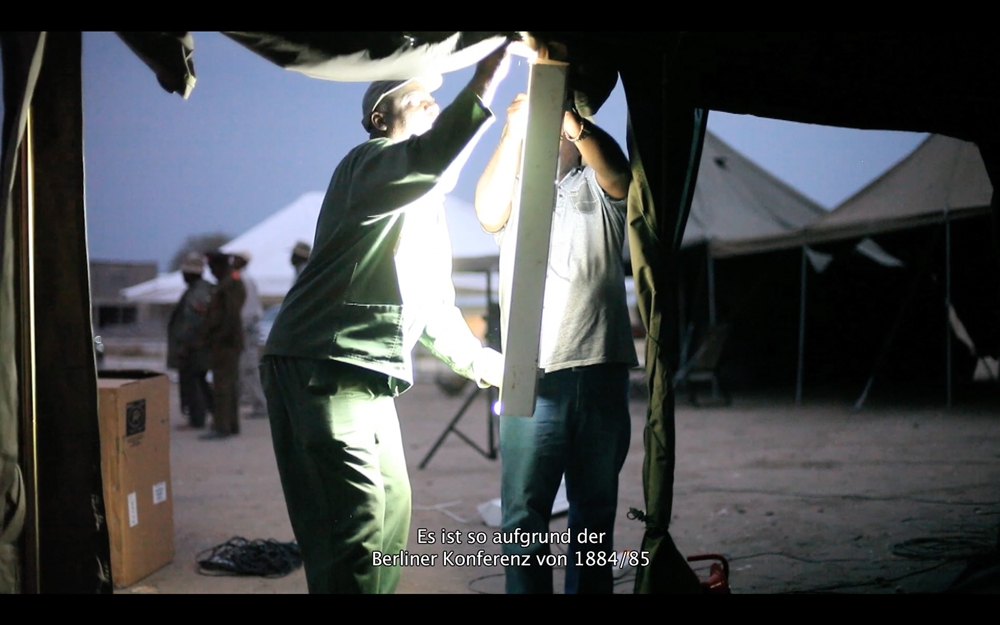
videostill
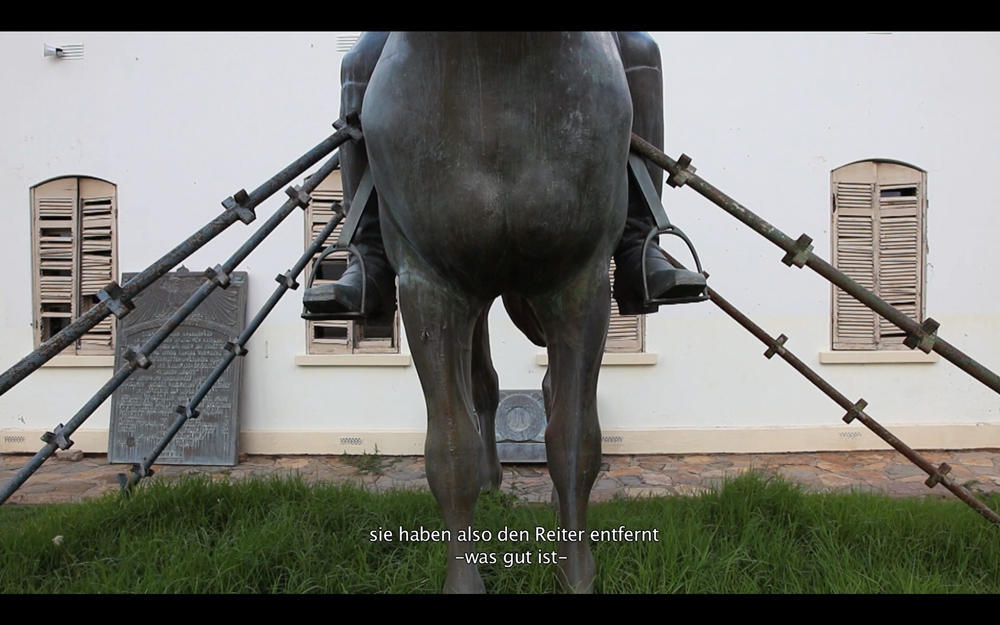
videostill
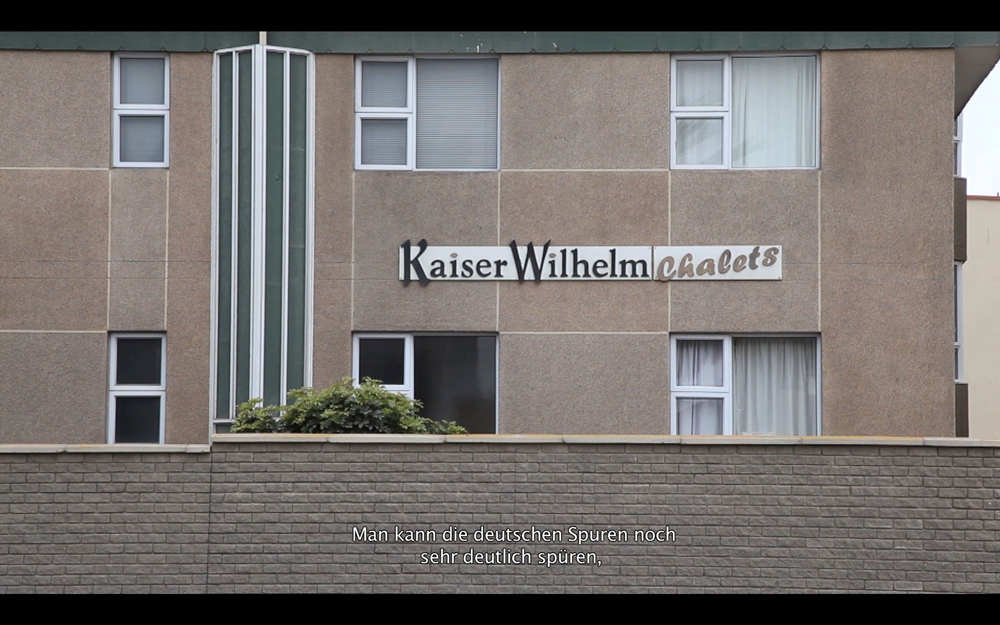
videostill
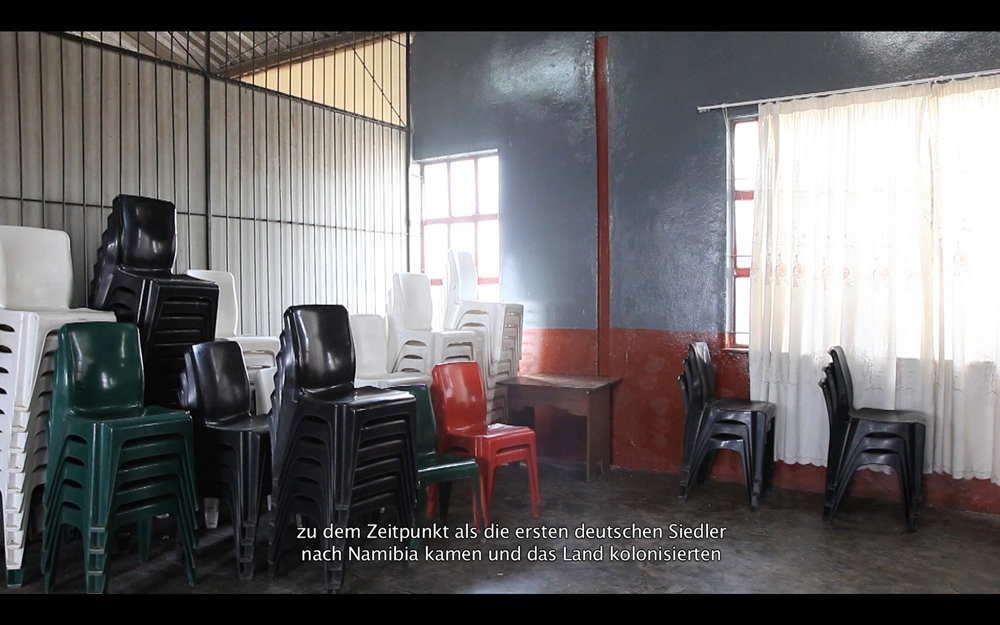
videostill
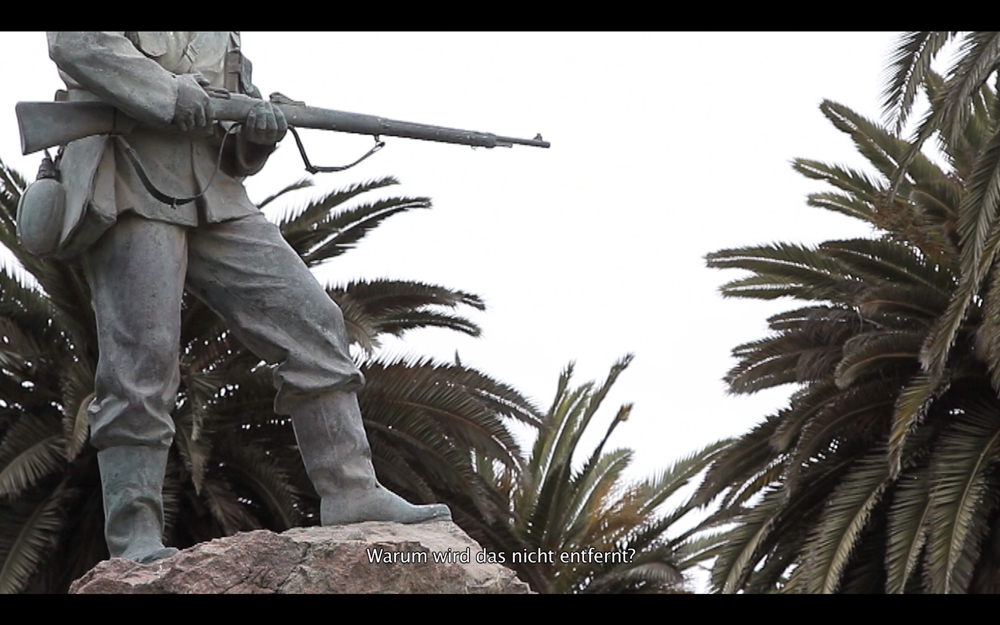
videostill
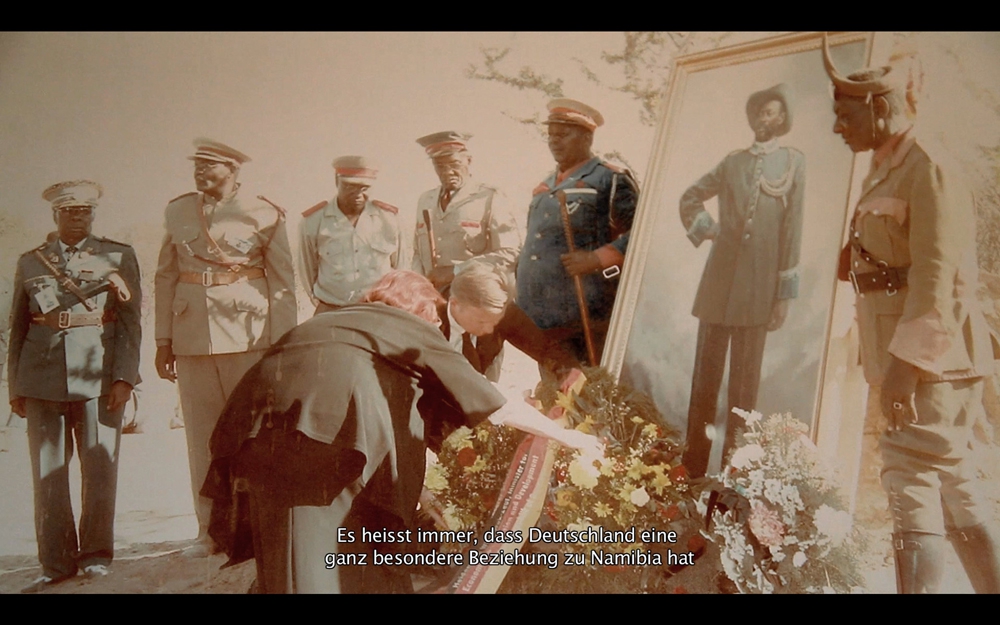
videostill
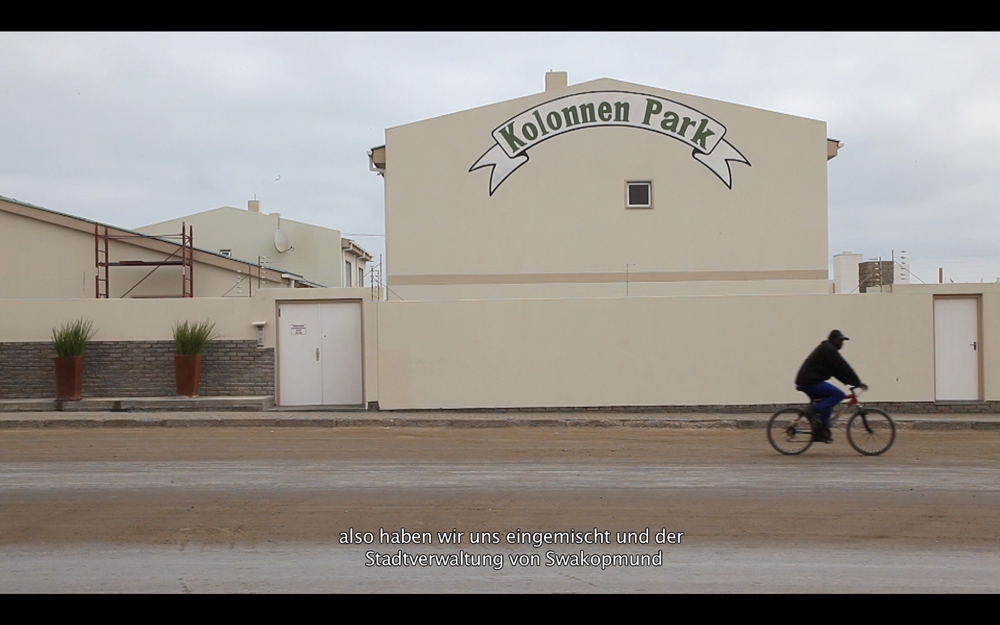
videostill
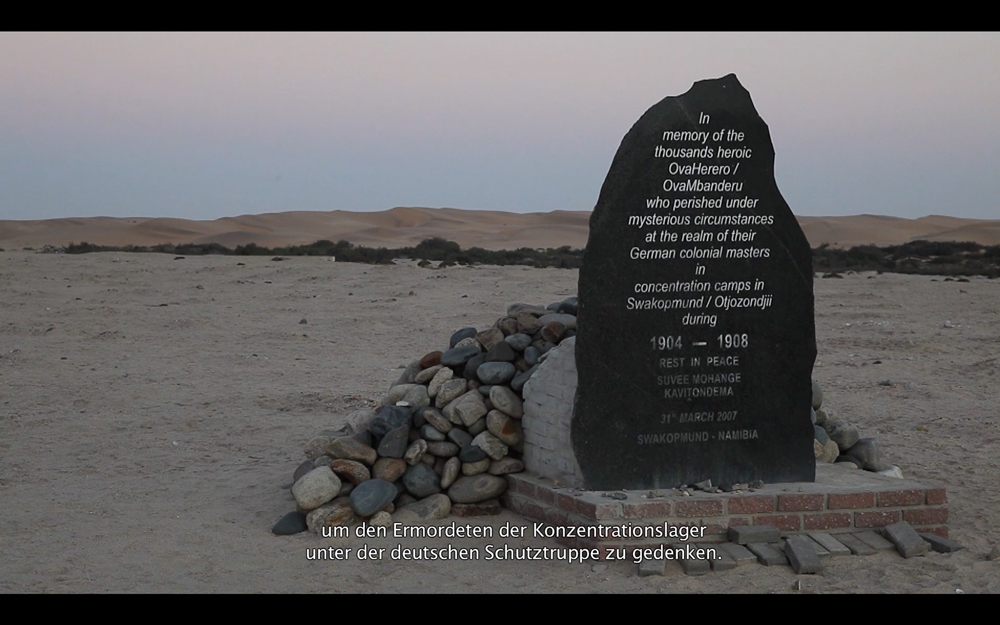
videostill
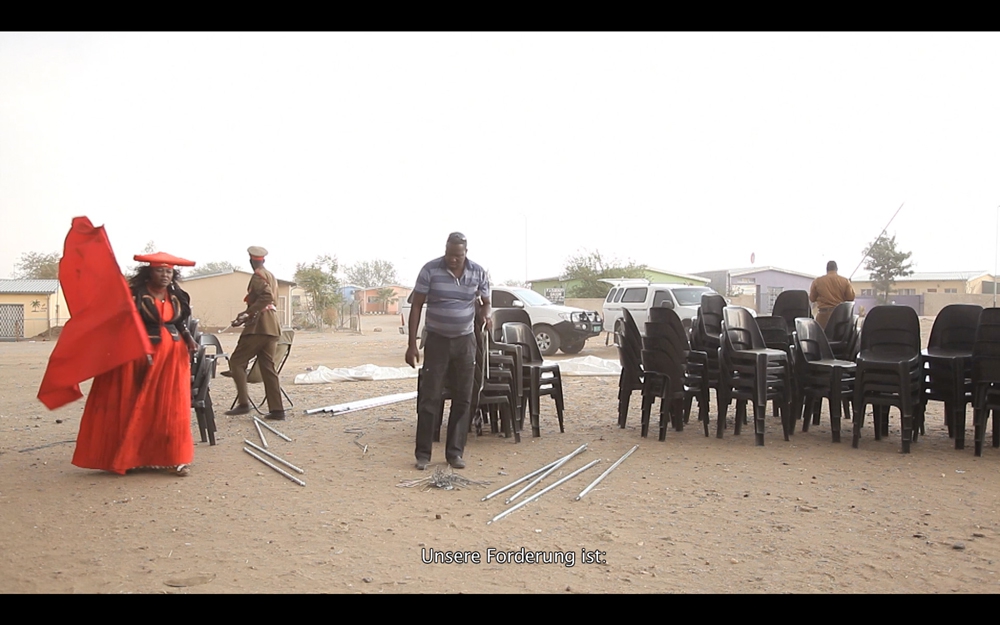
videostill
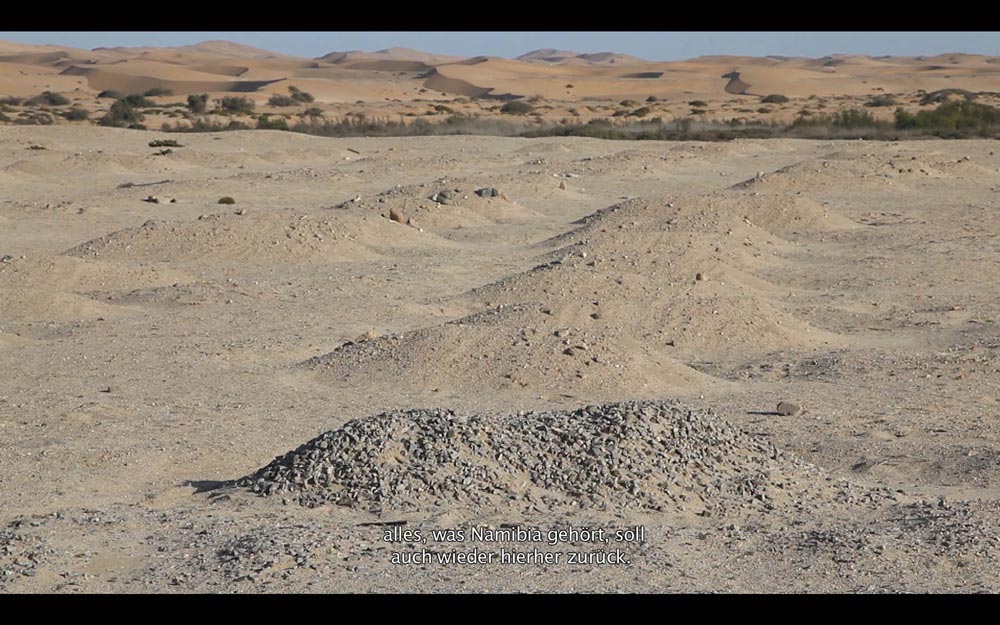
videostill

postcard series

postcard series